What is Meant by a topographic?
Relating to the arrangement of the physical features of an area. “a topographic map of the site” Anything topographic has to do with the surface of the earth, including every valley and hill. A topographic map includes lines that show the elevation of the land.
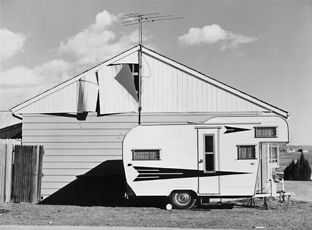
What is meant by the term New topographics in relation to photography during the industrial revolution?
“New topographics ” was a term created by William Jenkins ( An Art Critic.) in 1975 to describe a group of American photographers (such as Robert Adams and Lewis Baltz) , New topographics can be seen as another way to describe landscapes: how they are structured visually/physically and composed. For this era of photography it was used as a label to generalise a style of photography which included pictures that had a similar banal ( lacking originality, freshness) aesthetic, in that they were formal, mostly monochrome ( black and white) prints of the urban landscape.
Photographers associated with the New topographics.
Overall, Most The Photographers Associated with new topographics including Robert Adams, Lewis Baltz, Nicholas Nixon, Joe Deal, Frank Gohlke, Bernd and Hilla Becher, and Stephen Shorer, Where clearly inspired by the man made , selecting subject matter , that was matter-of-fact. This included urban structures like parking lots, suburban housing and warehouses were all depicted with a unique stark austerity ( sternness or severity of manner or attitude) , Almost in the way early photographers documented the natural landscape.
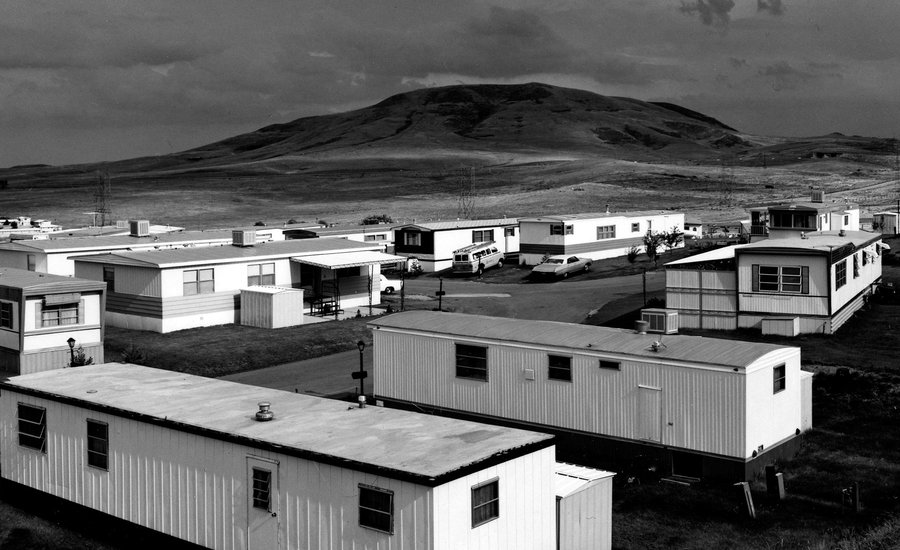
An exhibition at the international museum of photography located in Rochester, New York featuring these photographers also revealing a story of a growing unease about how the natural landscapes where being eroded by industrial development.
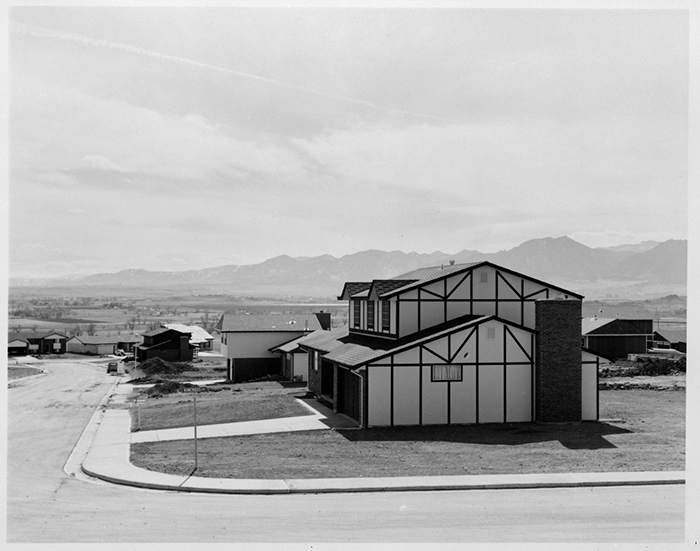
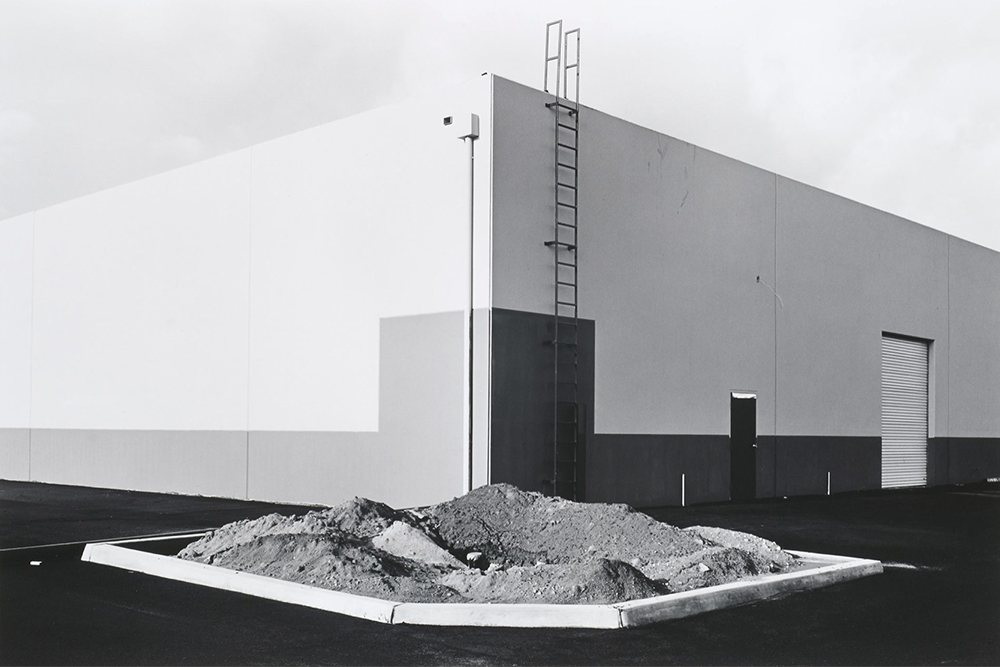
The new topographics also had a decisive influence on later photographer including those artists who became known as the Düsseldorf school of photography.
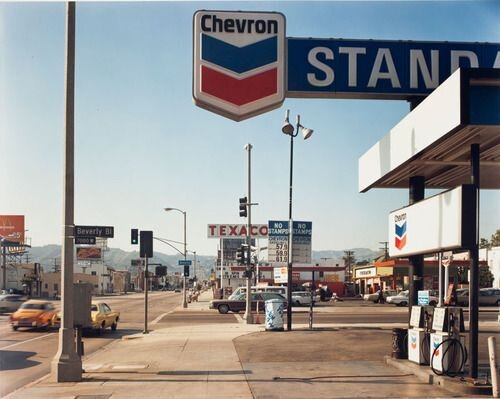
June 21, 1975
What Was the New Topographics a Reaction To?
The New Topographics was a response to the romanticized and dramatic landscape photography that dominated earlier styles, particularly in the works of Ansel Adams and the American West tradition.
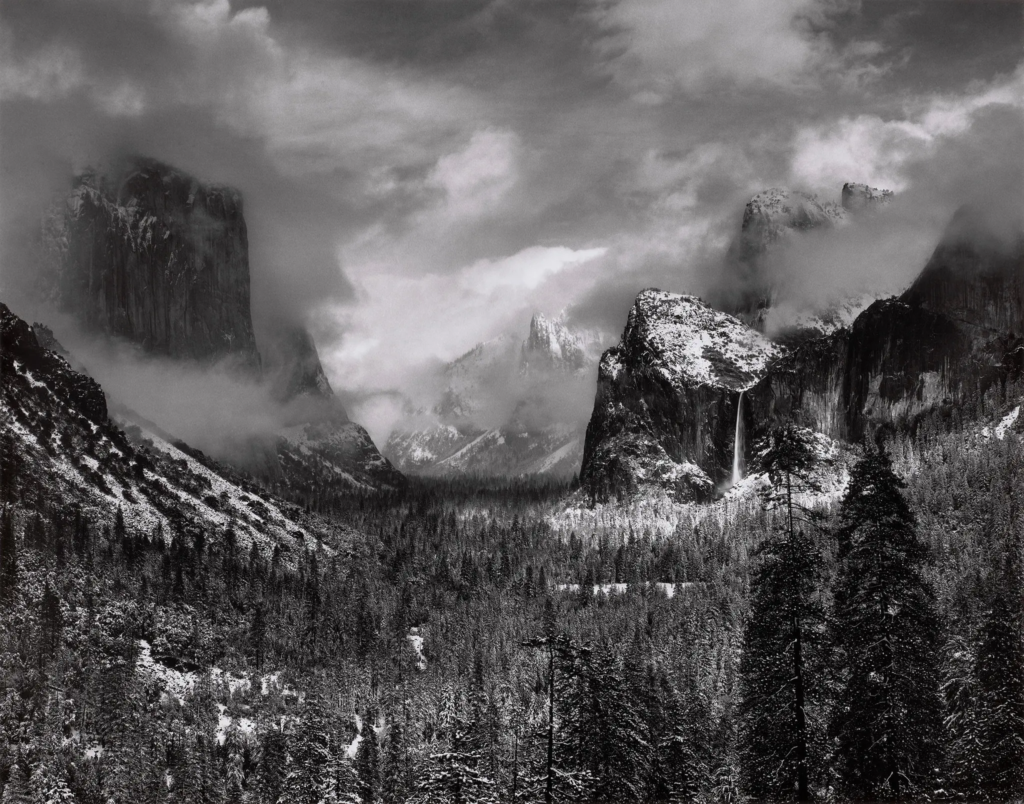
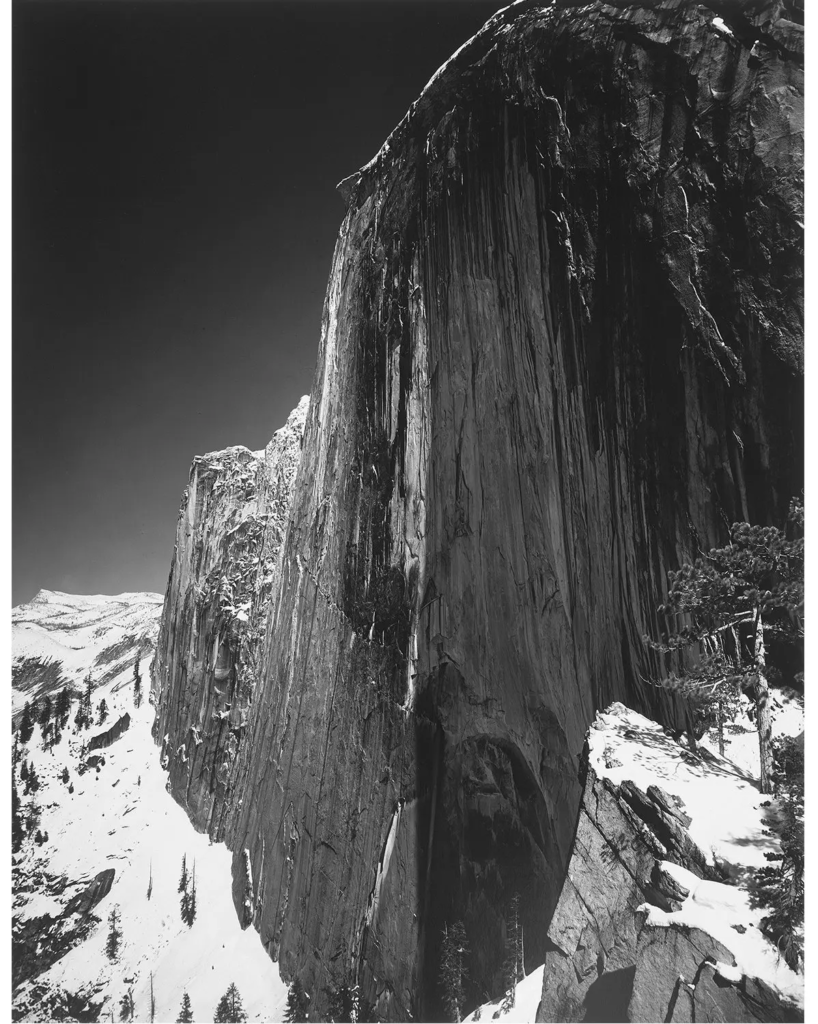
This movement emerged in reaction to the rapid industrialization and suburban expansion of the 20th century, shifting the focus from untouched nature to human-altered landscapes. Instead of capturing spacious wilderness, these photographers documented the everyday, man-made environment, portraying the stark reality of urban society, industrial sites, and suburban developments.
Characteristics of the New topographics style Photography.
Robert Adams, Lewis Baltz, Nicholas Nixon, Joe Deal, Frank Gohlke, Bernd and Hilla Becher, and Stephen Shore ; shared a common aesthetic:
Banal Subject Matter: They depicted ordinary, functional landscapes such as suburban housing developments, highways, warehouses, and industrial zones.
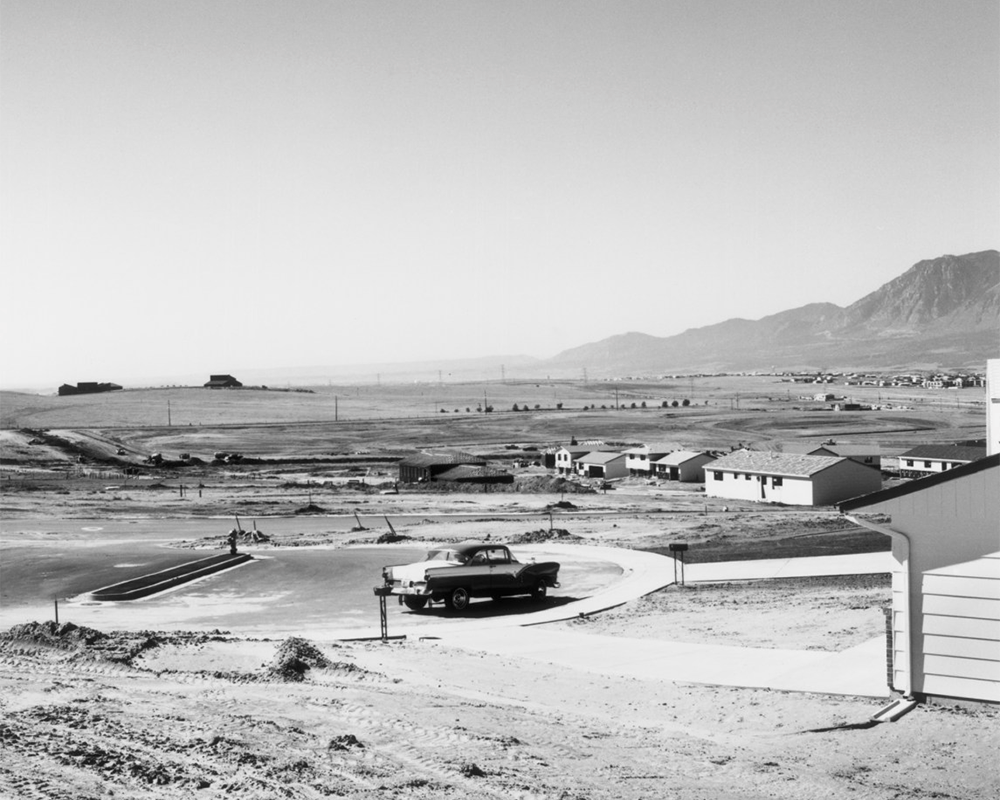
Matter-of-Fact Presentation: Their images were often formal, detached, and devoid of overt emotional or political statements.
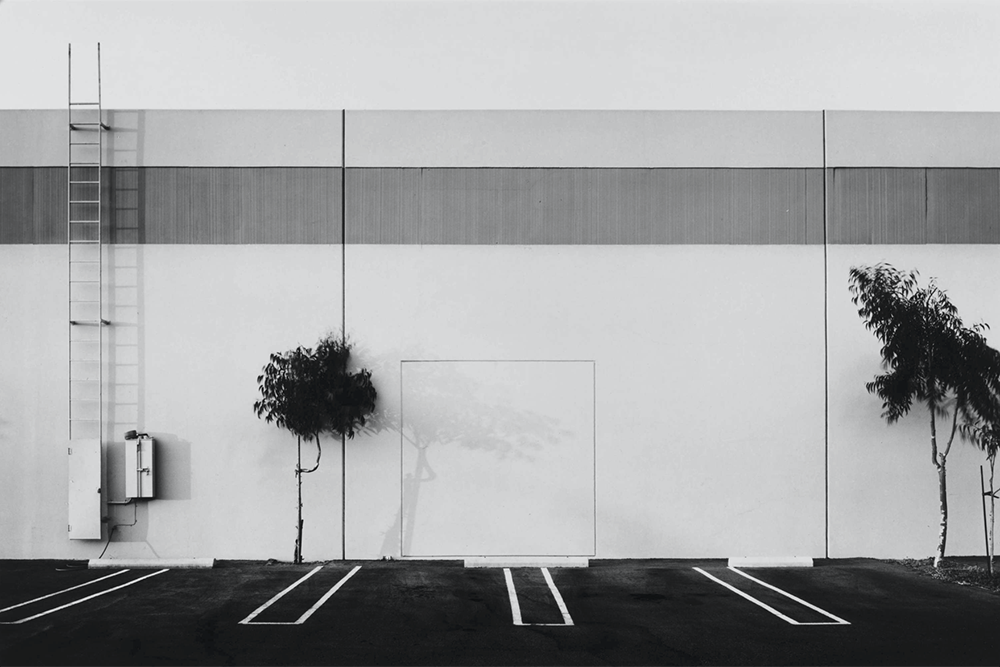
Monochrome & Colour Photography: Many photographers used black-and-white photography, reinforcing a documentary-like objectivity, while others, like Stephen Shore, explored the potential of colour.
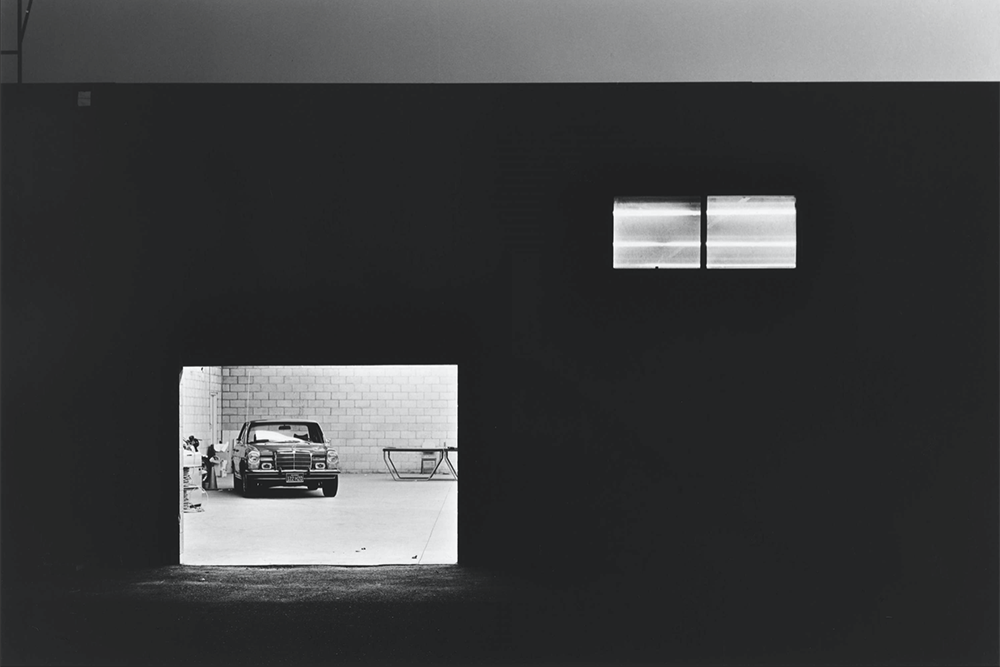
Stark Composition : The compositions were often simple, symmetrical, and methodically structured, emphasizing repetition and geometry.
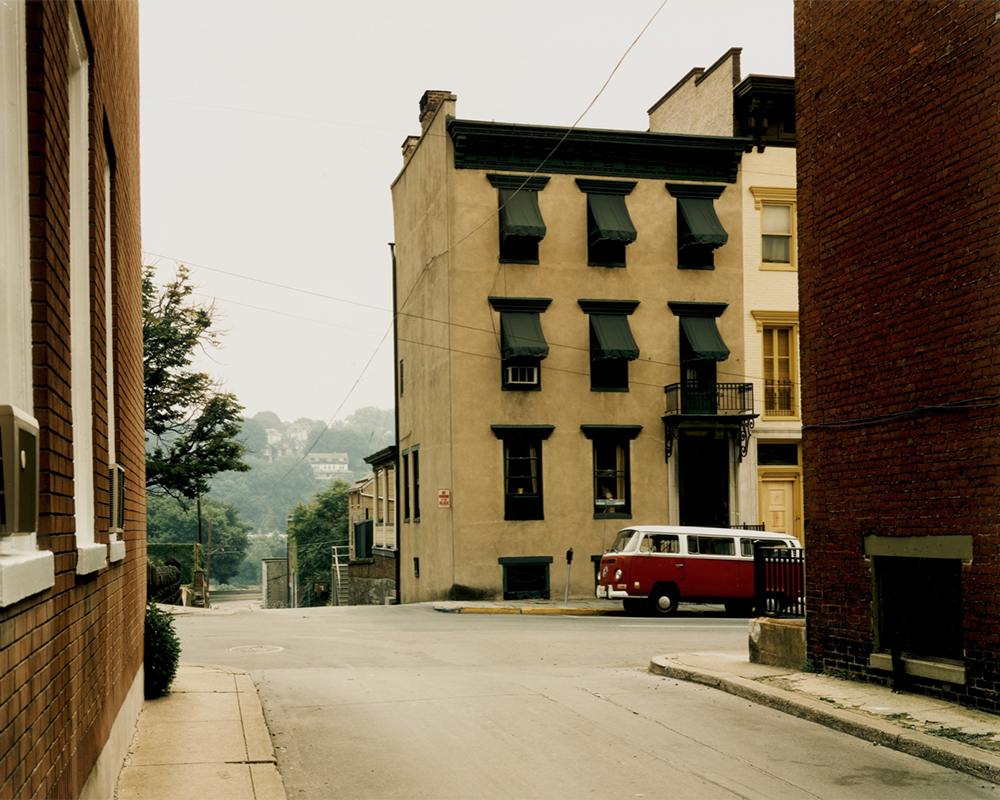
Stephen Shore, Church and 2nd Streets Easton Pennsylvania, 1974
Minimalist Aesthetic: The photographs had a clinical, neutral tone, rejecting romantic standards set by the romanticism era.
The Influence of New Topographics
The movement significantly influenced later photographers, particularly those of the Düsseldorf School, including Andreas Gursky and Thomas Struth. Their approach to large-scale, detailed images of contemporary urban life echoes the conceptual and aesthetic principles established by the New Topographics.

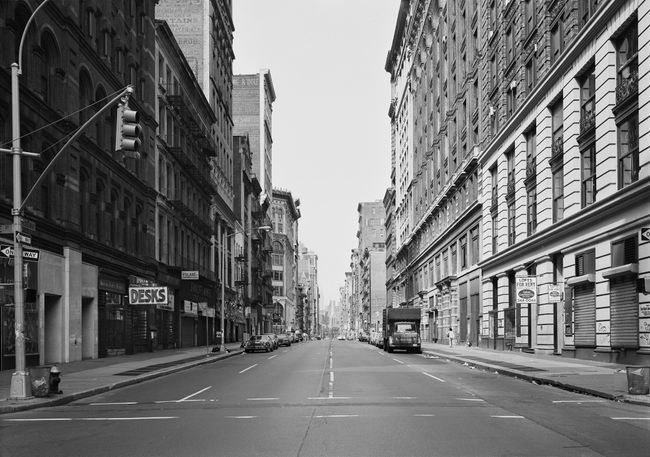
Broadway at Prince Street, New York 1978
